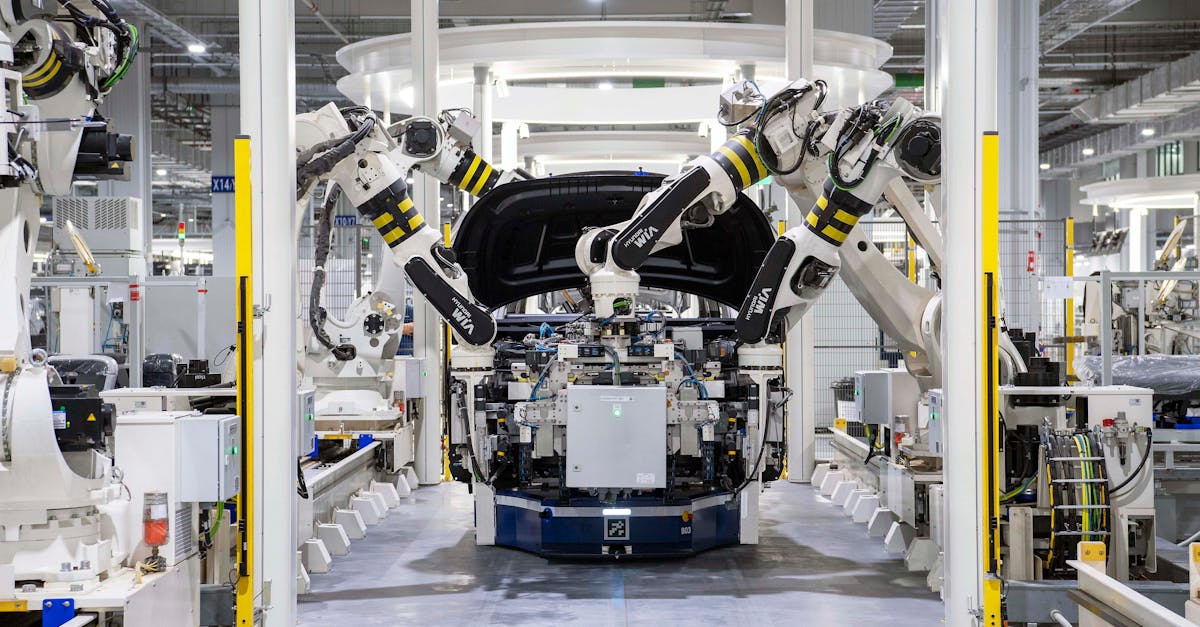The Growth Of E Commerce Whats Driving The Boom
Introduction
The explosion of e-commerce has changed the way people shop and businesses operate. Online platforms have provided consumers with a convenient and diverse shopping experience like never before. Understanding what's driving this rapid expansion can shed light on the transformative nature of our consumption habits.
Advertisement
Increased Internet Connectivity
One of the primary drivers of e-commerce growth is widespread internet access. As more regions worldwide become connected, online shopping becomes a viable option for more people. This global connectivity allows businesses to reach customers beyond their physical borders, contributing to the sector's exponential growth.
Advertisement
Mobile Commerce Surge
The rise of smartphones has significantly impacted e-commerce. With mobile devices in the hands of billions, purchasing products and services has never been easier. Mobile commerce, or m-commerce, has made online shopping seamless and accessible, enabling consumers to shop anytime and anywhere.
Advertisement
Advanced Technology Solutions
Advancements in technology have facilitated the smoother operation of e-commerce platforms. Features such as secure payment gateways, user-friendly interfaces, and AI-driven recommendations have enhanced the consumer experience. Additionally, chatbots and virtual assistants offer personalized interactions, increasing engagement and retention.
Advertisement
Efficient Supply Chain Management
E-commerce businesses invest heavily in streamlining supply chain logistics to ensure fast and reliable delivery. Innovations in warehousing, inventory management, and distribution systems have reduced costs and improved delivery times. Efficient supply chains enhance customer satisfaction, encouraging repeat purchases.
Advertisement
Rise of Social Media Shopping
Social media platforms like Instagram and Facebook have evolved into powerful shopping channels. Integrating 'Buy Now' buttons and shoppable posts allows users to discover and purchase products directly from their feeds. This seamless integration of social commerce drives impulse buying and brand engagement.
Advertisement
Expansion of Payment Options
Modern e-commerce success is partly due to the diversity of payment methods available. Consumers can choose from credit cards, digital wallets, and even cryptocurrency. This flexibility in payment options caters to various customer preferences, promoting consumer confidence in online shopping.
Advertisement
Global Marketplace Accessibility
E-commerce has significantly lowered barriers to entry for entrepreneurs aiming to enter the global market. Platforms like Amazon and eBay enable small businesses to showcase their offerings to a vast audience, increasing competition and diversity in the market. This accessibility fuels innovation and customer satisfaction.
Advertisement
Shifts in Consumer Behavior
Consumer trends have shifted towards prioritizing convenience, variety, and speed. E-commerce responds to these demands by providing a vast array of products at competitive prices with the promise of quick delivery. This alignment with consumer expectations perpetuates its popularity and growth.
Advertisement
Conclusion
In conclusion, the rapid growth of e-commerce is driven by multiple factors, including technological advancements, changing consumer habits, and increased internet accessibility. As these elements continue to evolve, the potential for further expansion remains vast, continuously reshaping the global retail landscape.
Advertisement

